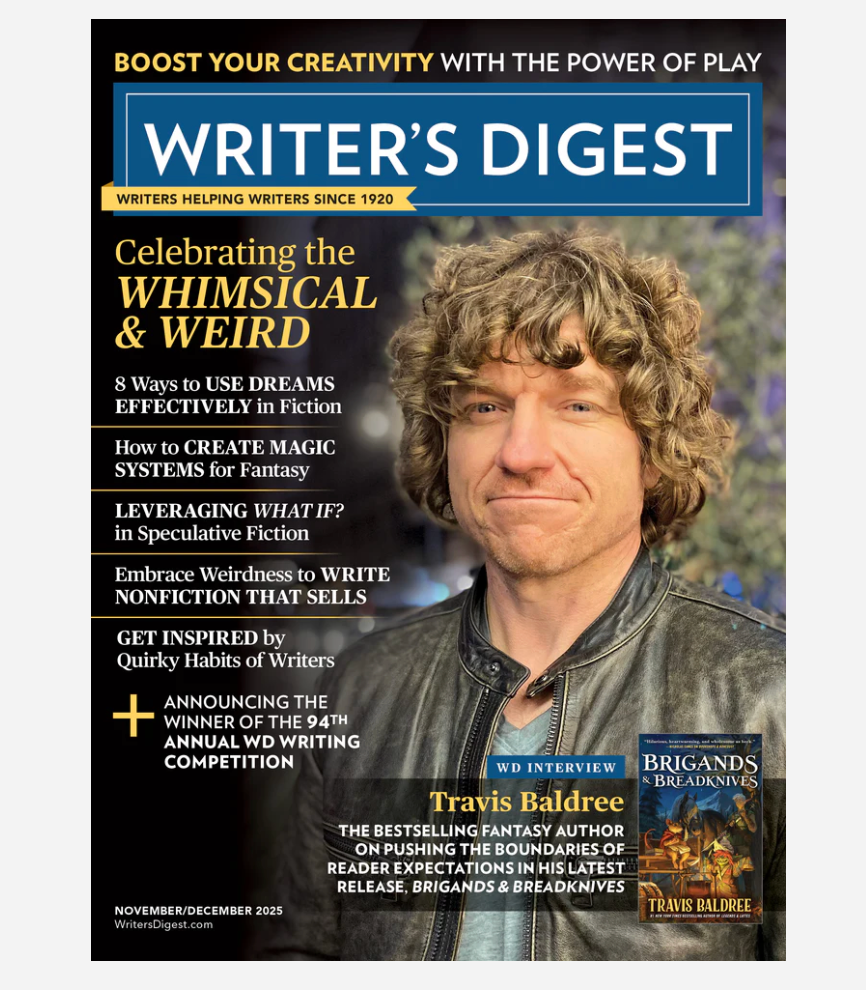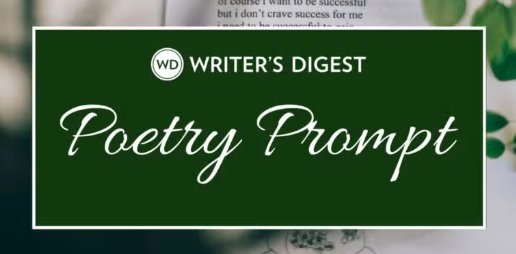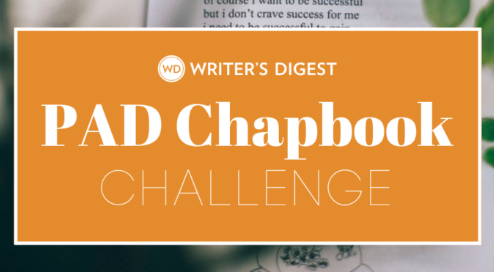Double Dactyl: Poetic Forms
Poetic Form Fridays are made to share various poetic forms. This week, we look at the double dactyl, a light verse form invented by Anthony Hecht and Paul Pascal.
Poetic Form Fridays are made to share various poetic forms. This week, we look at the double dactyl, a light verse form invented by Anthony Hecht and Paul Pascal.
Double Dactyl Poems
The double dactyl form is a light verse form invented by poets Anthony Hecht and Paul Pascal. It has the following guidelines:
- two quatrains
- each quatrain has three double-dactyl lines
- followed by a shorter dactyl-spondee pair
- the two spondees rhyme
- the first line is a nonsense phrase
- the second line is a proper or place name
- one other line (usually the sixth) uses a single double-dactylic word that has never been used before in any double dactyl [not sure how you can prove this, but...]
A couple notes on dactyls and spondees:
- one dactyl has a stress followed by two unstressed sounds; so, a double dactyl line does that twice
- a spondee is two syllables, both stressed
One final note: Some versions of the double dactyl replace the dactyl-spondee pair with a dactyl and stressed sound--so four syllables instead of five.
*****
Master Poetic Forms!
Learn how to write sestina, shadorma, haiku, monotetra, golden shovel, and more with The Writer’s Digest Guide to Poetic Forms, by Robert Lee Brewer.
This e-book covers more than 40 poetic forms and shares examples to illustrate how each form works. Discover a new universe of poetic possibilities and apply it to your poetry today!
*****
Here’s my attempt at a double dactyl:
big game, by Robert Lee Brewer
Boopily, woopily--
Ann Arbor, Michigan,
fights for its football team
that never beats State!
Wolverines could use a
veterinarian
to help them win again
in the big ball game!





